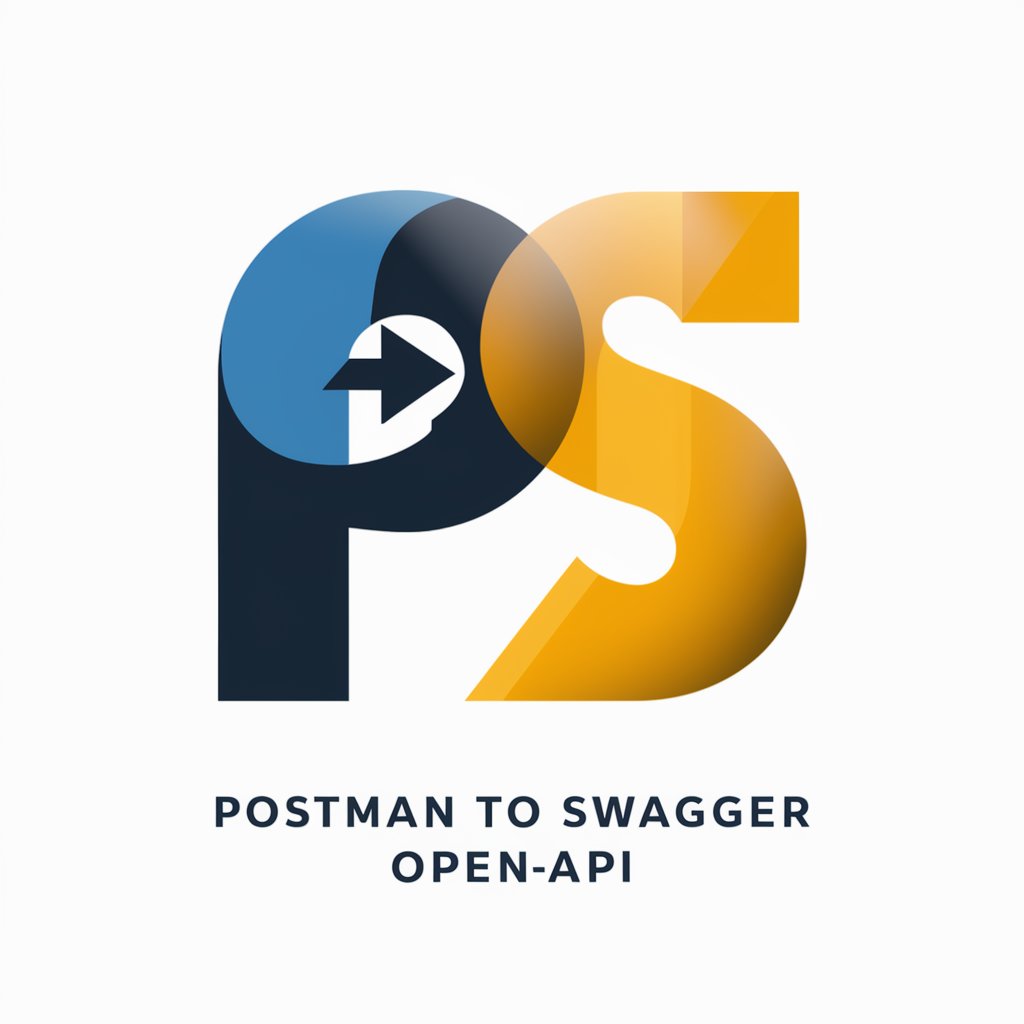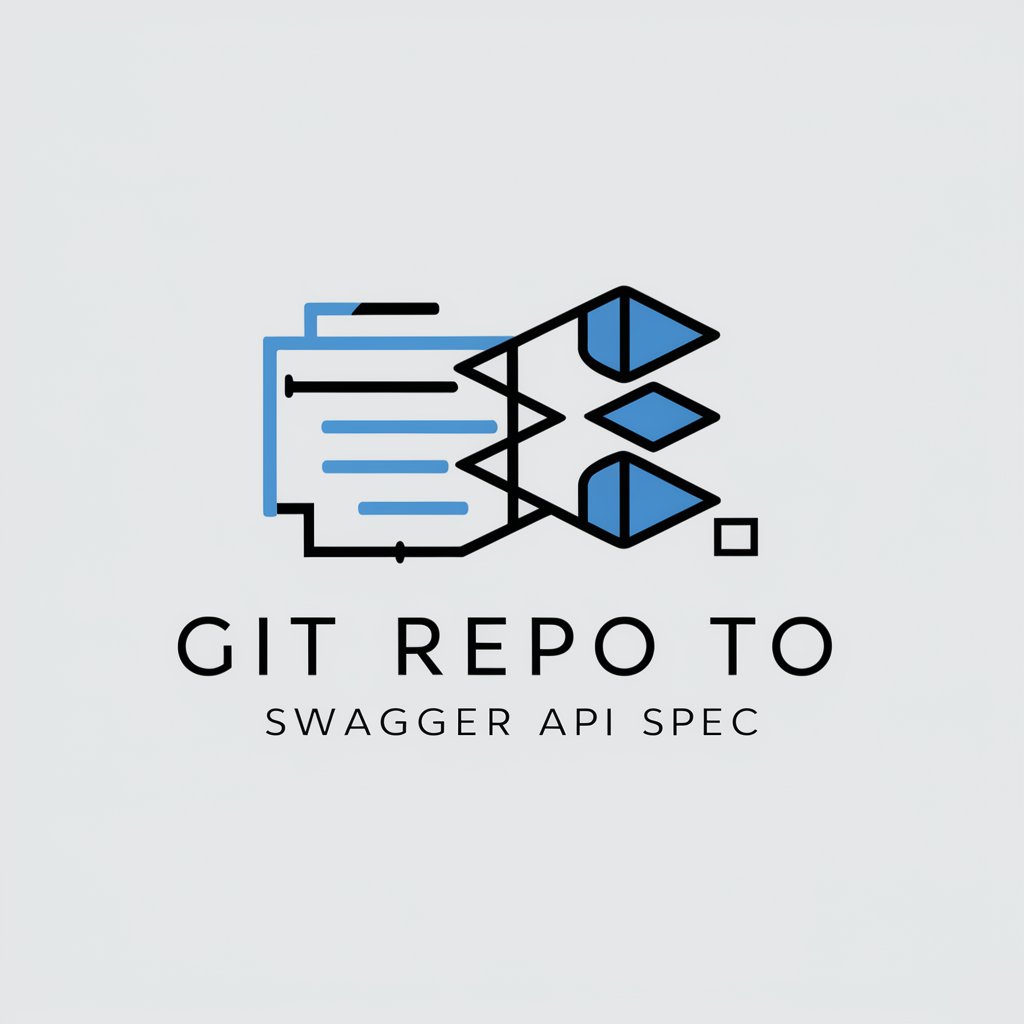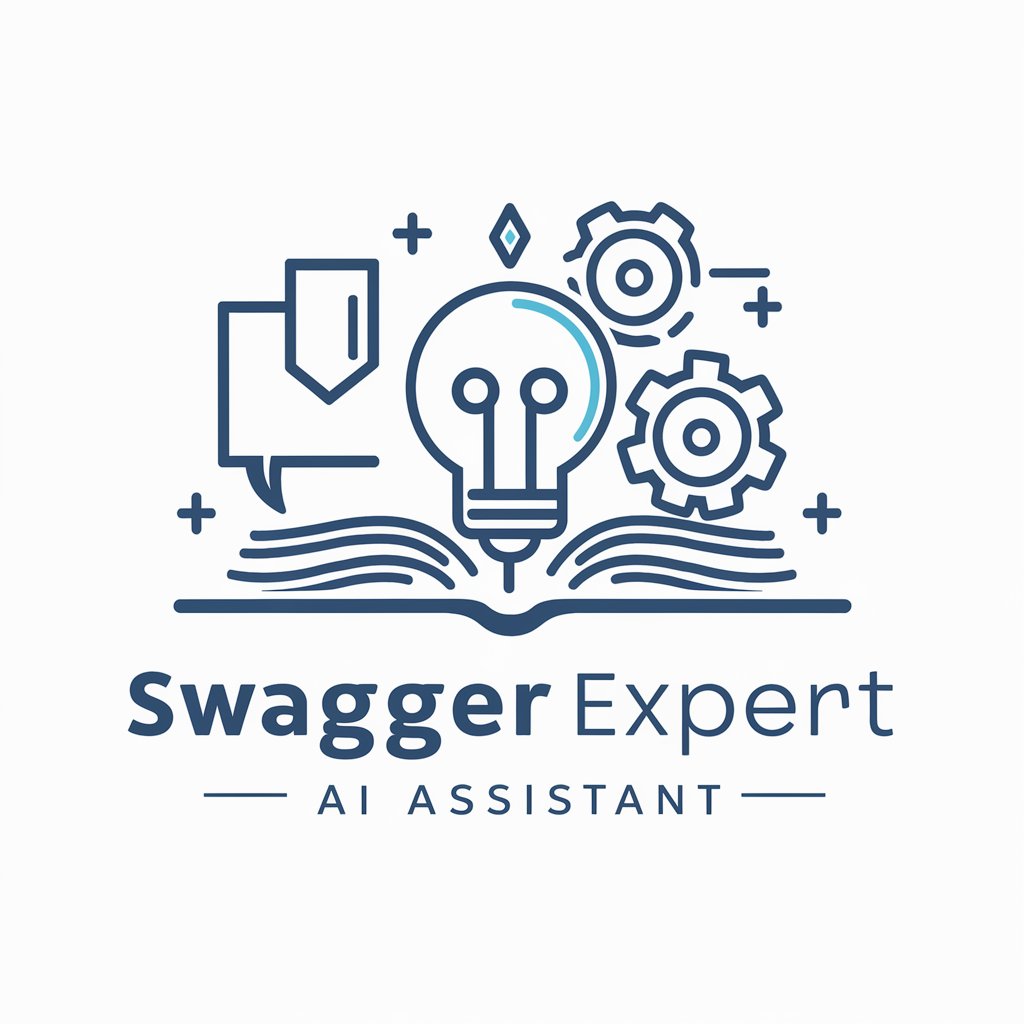
Swagger Generator - Swagger Documentation Generator

Hello! How can I assist you with your technical documentation needs today?
Automate Your API Docs with AI
Generate a detailed API documentation for a user authentication system.
Create a comprehensive guide on integrating third-party payment gateways into an e-commerce platform.
Develop a step-by-step tutorial for setting up a production environment for a Node.js application.
Write a detailed explanation on how to implement role-based access control in a web application.
Get Embed Code
Understanding Swagger Generator
Swagger Generator is a specialized tool designed to create and manage Swagger (OpenAPI) documentation for RESTful APIs. Its primary purpose is to automate the generation of API documentation, ensuring that the documentation is accurate, up-to-date, and interactive. By analyzing source code, Swagger Generator extracts relevant information about API endpoints, request methods, parameters, response structures, and authentication methods to produce comprehensive and user-friendly API documentation. This facilitates better communication between backend developers, frontend developers, and API consumers, making it easier to understand and integrate with the API. For example, from a set of TypeScript files defining API routes and controllers, Swagger Generator can produce a Swagger UI that allows developers to visually interact with the API, sending test requests and viewing responses directly from the documentation interface. Powered by ChatGPT-4o。

Core Functions of Swagger Generator
Automatic Documentation Generation
Example
Given a Node.js Express application with annotated route handlers, Swagger Generator can parse these annotations and generate a Swagger document that describes the entire API, including paths, operations, and parameters.
Scenario
A development team working on a microservices architecture needs to ensure all their services are well-documented for internal use and potential external integrations. Swagger Generator automates this process, saving time and reducing the risk of outdated or inaccurate documentation.
Interactive API Exploration
Example
Swagger Generator's output includes a Swagger UI, which provides a web-based interface where users can execute API calls directly, making it a powerful tool for testing and debugging.
Scenario
A frontend development team needs to understand how to interact with a newly developed backend API. Using the Swagger UI generated by Swagger Generator, they can quickly learn how the API works, test different requests, and see real-time responses without writing any code.
Schema Validation
Example
Swagger Generator can enforce data validation based on the API schema defined in the Swagger documentation, ensuring that API requests and responses adhere to the specified formats and constraints.
Scenario
To maintain data integrity and prevent errors, an API requires strict validation of incoming requests. Swagger Generator can automatically apply these validations, alerting developers to any discrepancies between the API's expected schema and the actual requests.
Target Users of Swagger Generator
Backend Developers
Responsible for creating and maintaining the server-side logic of applications, backend developers can use Swagger Generator to automatically document their APIs. This not only aids in internal development processes but also facilitates clear communication with frontend teams and API consumers.
Frontend Developers
These developers benefit from Swagger Generator by gaining a clear understanding of the APIs they need to integrate with. The interactive documentation allows them to test endpoints and understand data structures without deep diving into backend code or constantly consulting backend developers.
API Architects and Designers
Professionals involved in planning and designing APIs can use Swagger Generator to prototype and iterate on API designs rapidly. The immediate feedback from generated documentation and interactive testing helps in refining API endpoints and structures effectively.
Technical Writers
Technical writers focusing on API documentation can leverage Swagger Generator to produce initial drafts of API documentation automatically. This allows them to focus on enhancing the documentation with more contextual information, guides, and examples, rather than spending time on the basic structure and details.

How to Use Swagger Generator
1. Start Free Trial
Visit yeschat.ai to begin your free trial, no login or ChatGPT Plus subscription required.
2. Upload Code
Upload your project's backend code files directly into the Swagger Generator. Supported files include routes, controllers, and documentation files.
3. Configuration
Configure the generator settings based on your project requirements, including API paths, response formats, and security definitions.
4. Generate Documentation
Click on the 'Generate' button to create your OpenAPI (Swagger) documentation automatically based on the uploaded code.
5. Review and Export
Review the generated documentation for accuracy and completeness, then export it in your desired format, such as JSON or YAML, for integration with your project.
Try other advanced and practical GPTs
Postman to Swagger OpenApi
Seamlessly transform Postman collections into Swagger format.

Swagger Scribe
Simplifying API Documentation with AI

Git Repo to Swagger API Spec
Automatically generate API specs from your repository.

NestJS Helper
Your AI-powered NestJS companion

Swagger Expert
Elevate Your API Documentation with AI

What is Money?
Enlightening Financial Minds with AI

Legends Coin Flip
Flip a coin, let AI decide your fate.

Flip Assist
AI-Powered Real Estate Flipping Guide

Flip a Coin
Flip a coin with AI precision

Flip Me
Flip a coin, powered by AI.

Coin Flip Pro
Flip a coin, let AI decide your fate.

UNO FLIP RULES
Flip Your Way to Victory with AI

Swagger Generator Q&A
What file types does Swagger Generator support?
Swagger Generator supports a variety of backend code files, including routes (.ts or .js), controllers (.ts or .js), and custom documentation files (.docs.ts).
Can I customize the output of the Swagger documentation?
Yes, the generator allows for comprehensive customization of the output, including API paths, response bodies, and authentication methods, to ensure the documentation fits your specific project requirements.
How does Swagger Generator ensure the accuracy of the generated documentation?
Swagger Generator analyzes your code structure and comments to accurately generate API documentation. However, reviewing the output for any project-specific nuances is recommended for optimal accuracy.
Is Swagger Generator suitable for projects at any scale?
Absolutely, from small personal projects to large-scale enterprise applications, Swagger Generator can accommodate any project size by efficiently processing and generating API documentation.
How can I share the generated documentation with my team?
Once generated, the documentation can be exported in various formats, such as JSON or YAML, making it easy to share with team members or integrate into API management tools.